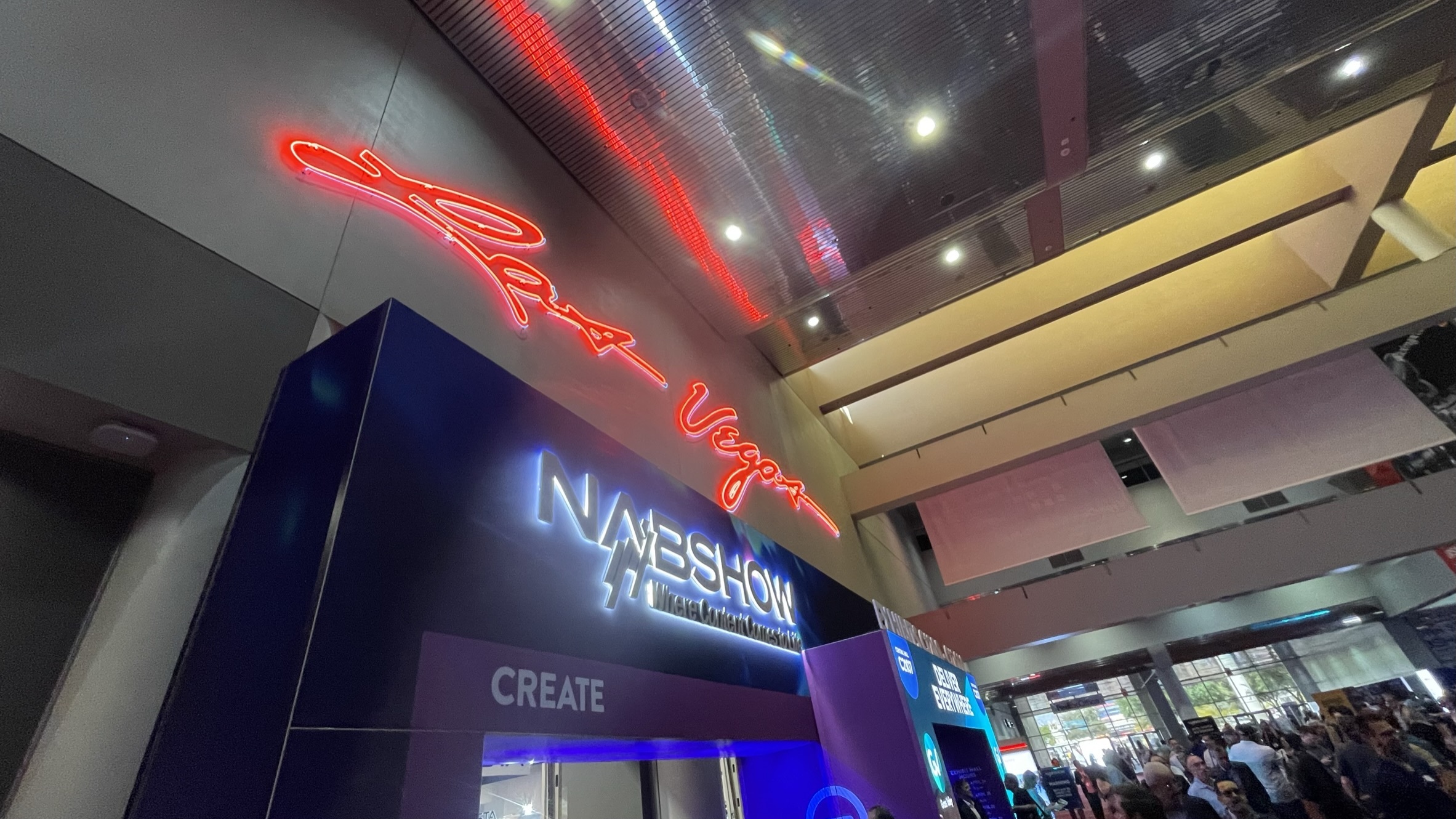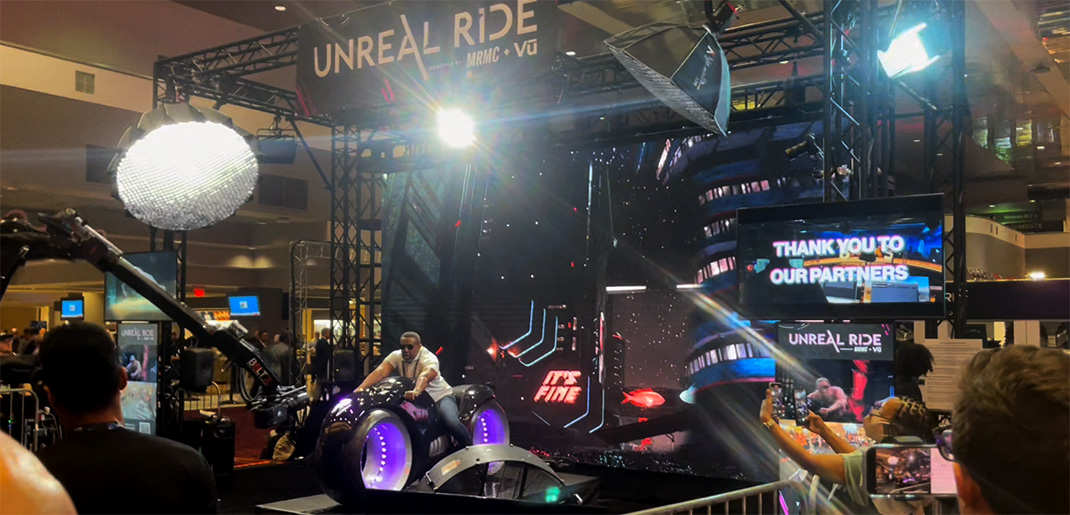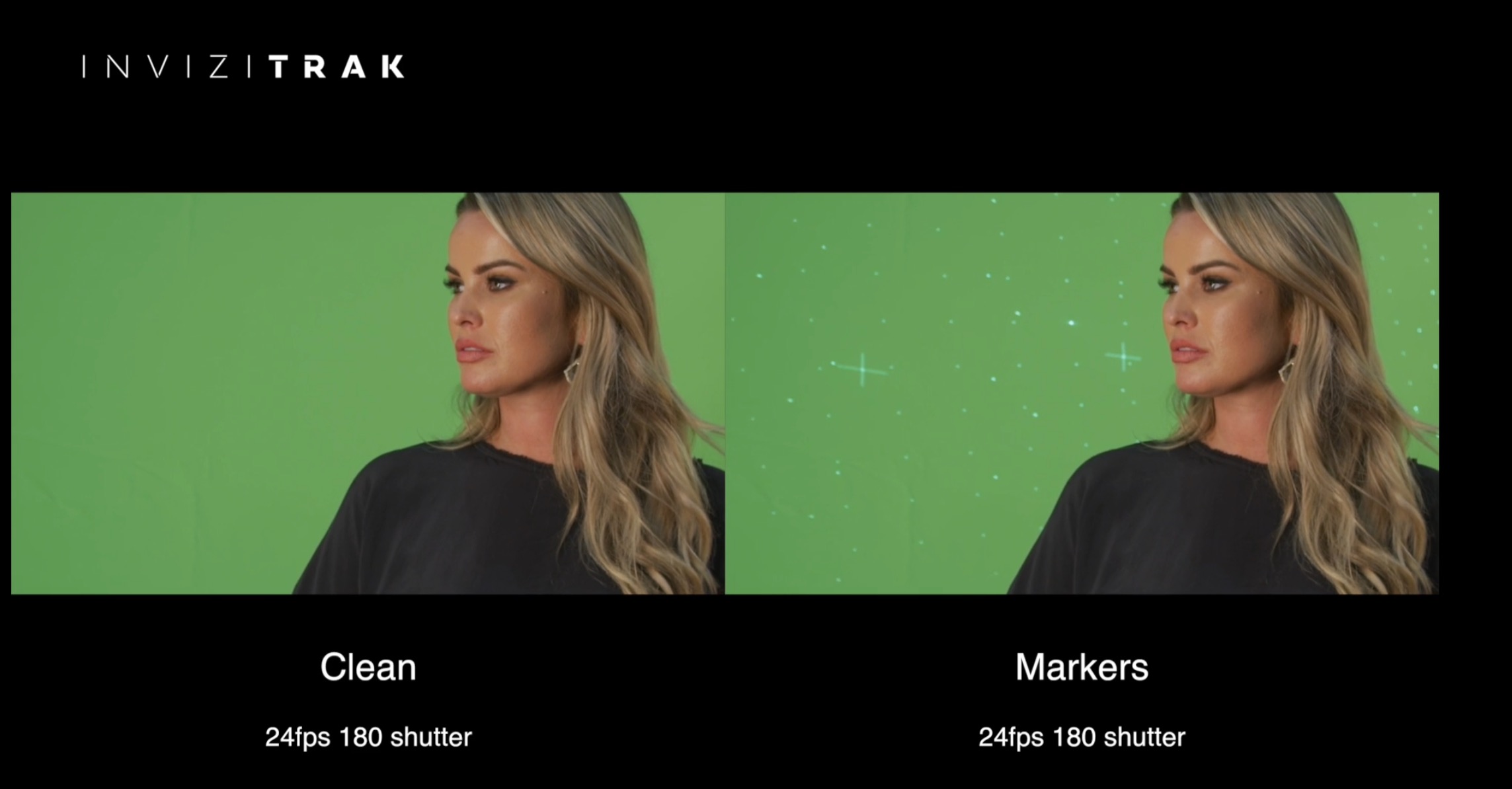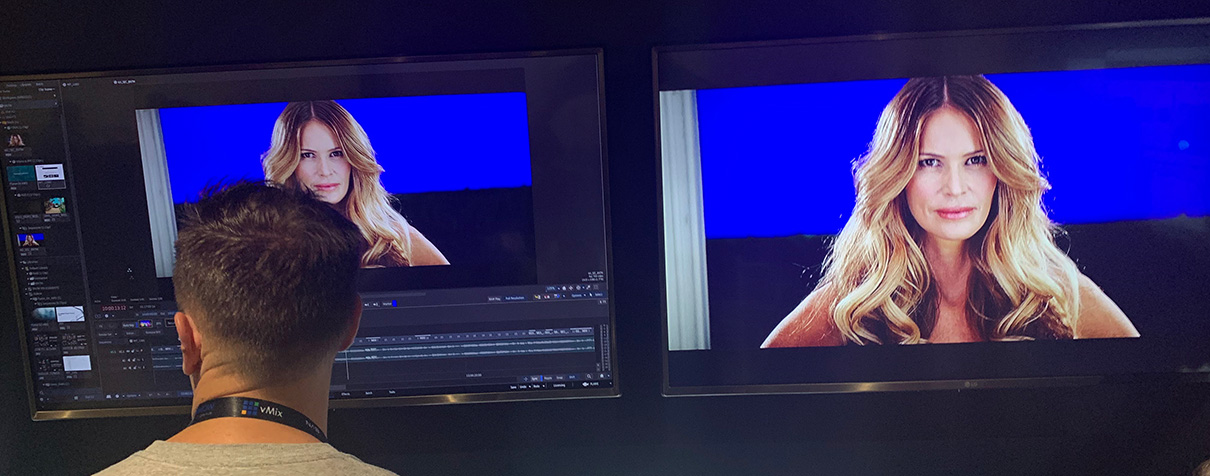
Going Back to Vegas: Republic Reviews NAB 2022
Photo from The Republic
Originally Posted On: https://therepublic.co/republic-ledger/going-back-to-vegas-republic-reviews-nab-2022/
Going Back to Vegas: Republic Reviews NAB 2022
Many years there seems to be one word or phrase you hear over and over on the floor of the convention center. What was the focus of this year?
NICK MUETH: Most pertinent to us was the industry-wide push to Cloud ‘productions’. ‘Productions’ is a term I am hijacking here so for our purposes I’ll define it as this – all of the work that goes into a job. Both of the major software companies, Blackmagic and Adobe, are moving towards a world where the ‘production’ never leaves their ecosystem. And in order to make this more practical and perhaps more economical, artists can access and contribute to the ‘production’ from anywhere.
Between Blackmagic and Adobe, who do you feel has the edge right now in the overall integration of cloud ‘productions’?
NICK: Blackmagic Resolve has introduced cloud projects. Previously, one person could theoretically do everything inside of Resolve – Edit, VFX, Color and Mix, but it’s the rare bird that can complete all of the different disciplines professionally. Now you can create a Cloud Project in Resolve and artists anywhere can contribute to the ‘production’, all inside one project. You do have to have shared media on the cloud, but it seems to be a level of efficiency that is here-to-fore unmatched.
How is Adobe trying to compete?
NICK: Adobe doesn’t quite have that level of integration across its products, but it has taken the idea of the ‘production’ a step further. With the recent acquisition of FrameIO, Adobe has introduced Camera to Cloud (C2C), a feature that will, with minimal hardware on set, stream camera takes in near real time to FrameIO, which is then immediately accessible to be downloaded and edited in Premiere. How useful this may be is up for debate, but what I don’t think is debatable, is the utility of the new FrameIO integration in both Premier and After Effects.
The ability for creative and clients to leave timecode accurate feedback, plus the ability to draw notes right on the frame will take A LOT of guesswork out of the process. This will not only reduce downtime, but also increase clients confidence in our ability to communicate effectively.
You guys both spend a lot of time in Flame. What’s the latest news from Autodesk?
BRYAN BAYLEY: Autodesk announced Flame 2023, the latest release, with improvements to the Animation editor, Revamped UI, and support for Rocky Linux (moving away from CentOS). Senior Product Owner, Stéphane Labrie, explained to me that Flame 2023 is the first step for the team to rebuild the internal infrastructure of Flame. They are working from the ground up to build flame on a modern, lower-level API offering higher performance and more efficient CPU and GPU usage. Starting with Flame 2022, the Apple M1 processor architecture is supported, and they are continuing to develop more efficient use of ARM-based chips.
Speaking of Flame, we heard one of you organized an Autodesk Flame User meeting while you were out there. Tell us a little about that and how it came to be?
BRYAN: With the uncertainty of Covid and questions of how well attended the convention would be, an official Flame User meeting was not scheduled. I took it upon myself to plan a casual meet-up… drinks and chat. Expecting 6-8 people, I was surprised to count 18 total before the night was over. The Autodesk team was there, along with Flame artists from LA, New York, Chicago, Dallas, and London. I also met the Flame support/reseller for the Korea region and she explained that Flame is gaining popularity there. She reached out to me when I got back home about going over there to teach a class – I’m excited to say I’m scheduled to go over there in June.
Let’s jump over to production – what were the guys acquiring footage talking about?
NICK: One innovation that might affect us in the near future is the use of virtual sets. Instead of shooting actors on greenscreen, they are shot in front of a wall of LEDs that display the desired background. This of course eliminates the need for keying, and helps with lighting in that the light from the LEDs helps light the talent correctly in the scene. Companies were demonstrating their ability to track the rendered 3D background to match a motion control camera. If the camera is moving, it’s necessary to real time render the background in order to show parallax between the objects in 3D space. This is where the process falls apart as today the processing power needed to render Photo-real 3d in realtime is enormous and out of the reach of most productions. But that is only the case currently – it will change for sure.

The Unreal Engine Virtual Set
What else caught your guys eyes while you were on the floor?
BRYAN: I found this cool thing called INVIZITRAK, a laser based system that projects tracking marks on green/blue screen. Using a high frame rate with a 180 degree shutter, the lasers are visible on every other frame. This allows you to ‘deal’ out the footage to odd and even frames, giving you a completely clean green screen to composite, and a laser marked shot for tracking. No need to paint out trackers, and the trackers are practically free of motion blur.

NICK: I saw the best looking HDR monitor I have seen to date – an LG 65” OLED Pro can get about 3x brighter than its predecessor, and now they’re only $12k. There was also a 40TB raid with a HDMI in port so you can daisy chain instead of taking up all your ports. But the thing you couldn’t miss everywhere were the LED walls that the virtual sets were made of. They are constructed of 2’x 2’ LED squares locked together, compact at only about 4-5 inches deep, weigh about 10 lbs (each), and can be built into a number of different shapes from flat planes to spheres. They were also everywhere in Las Vegas. I probably will cover at least the front side of my house with them.

LG 65 Inch OLED displays
Since 1991, The National Association of Broadcasters (established in 1923) has hosted the NAB Annual Trade Show in Las Vegas. Covering practically all areas of broadcasting, production and post-production, the NAB show has been a pilgrimage of sorts for hundreds of thousands industry professionals.



